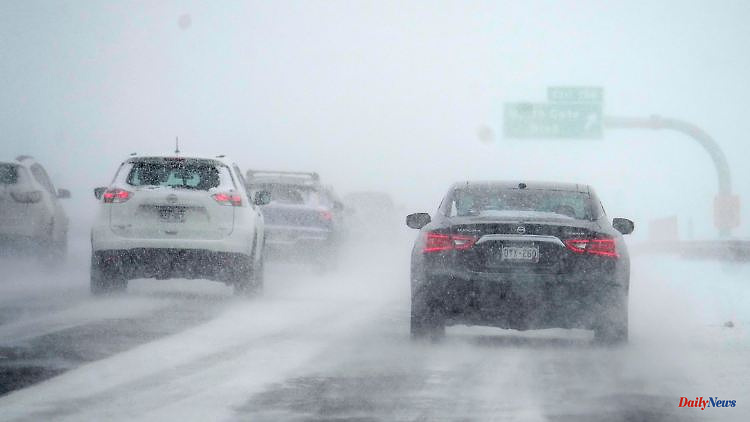The US is divided: while regions in the east are seeing unseasonably high temperatures, parts of the west and north are on severe winter storm warnings. Even in otherwise sunny Los Angeles, people have to dress warmly.
Unusually violent winter storms swept across parts of the United States on Wednesday and almost brought public life to a standstill in many places. In a band of storms stretching from the west coast to the north to the Great Lakes on the border with Canada, the power went out in around 280,000 households, according to the energy suppliers, and more than 1,700 flights had to be canceled by the evening.
More than 65 million people in 29 states, from California to Minnesota to Maine, were affected by winter warnings as of Wednesday morning, reports CNN. The regions have been warned of severe icing, extreme cold and sleet, which could make travel dangerous and in some cases lead to power outages.
Snow warnings have been issued even for normally sunny areas near Los Angeles, California - the last time this was in 1989. For the state of Minnesota, the National Weather Service warned: "The historic winter storm will probably make travel impossible." Only trips that are absolutely necessary should be undertaken. "If you must travel, carry an extra flashlight, food and water in your car."
On the other hand, a completely different picture emerged in the south and east of the United States, where new heat records were set for the time of year. The BBC reported that 95 degrees Fahrenheit (around 35 degrees Celsius) were measured on Wednesday in McAllen, Texas. Around 27 degrees Celsius are forecast for today in the capital Washington. This would break the previous record of 1874. "All winter we've seen this persistent pattern of below average temperatures in the western US and above average temperatures in the eastern US," climate scientist Andrew Kruczkiewicz, a researcher at Columbia University, told the BBC. The difference between the regions affected by the winter storm and those with unusually high temperatures is currently around 38 degrees Celsius.












